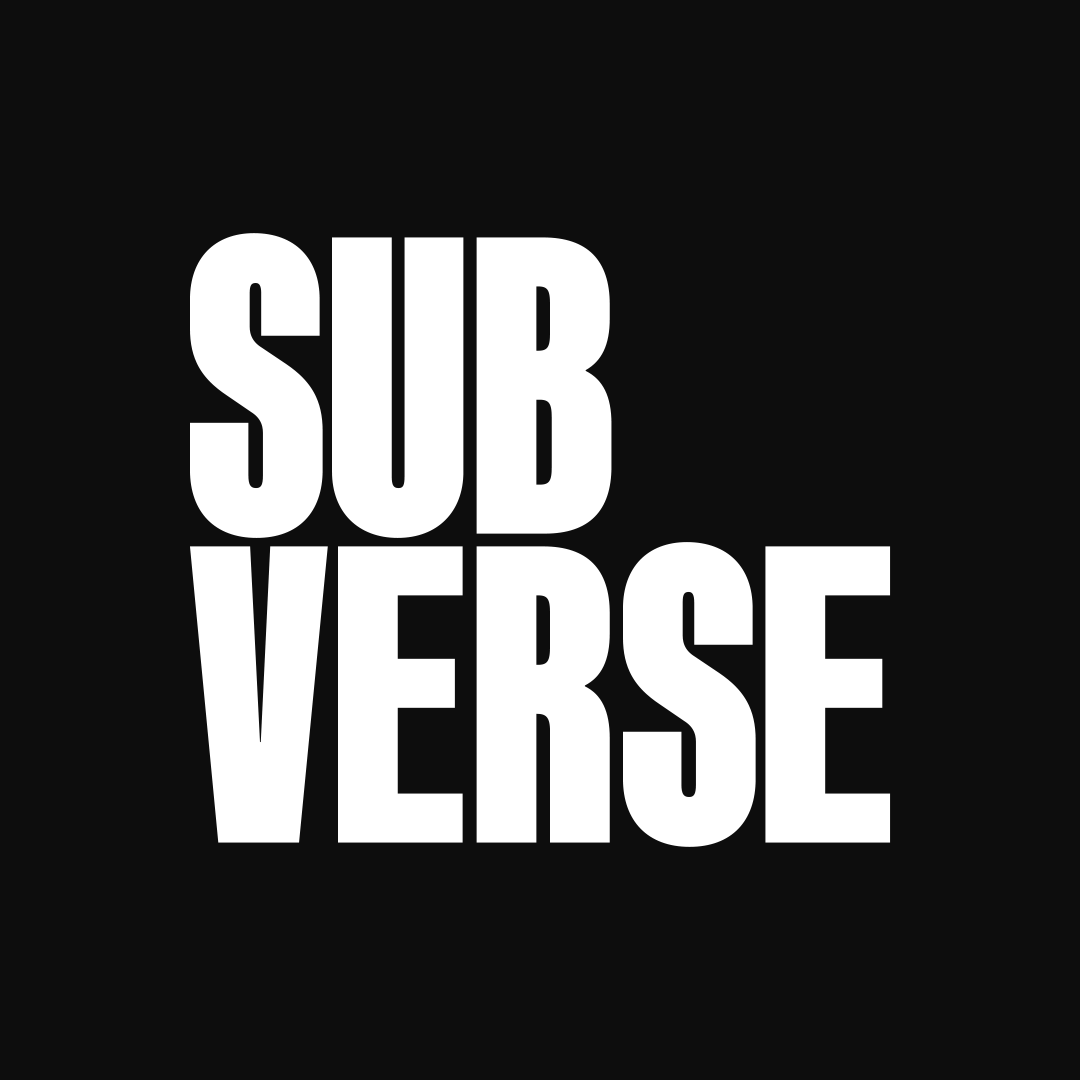A system is not just an inventory of parts. It is parts arranged in relationships to achieve a purpose. If you only see the parts, you miss why the whole behaves as it does.
Elements: the parts
The identifiable components: people, roles, tools, policies, equipment. Elements define what is possible.
Example (coffee shop): baristas, beans, grinders, the POS, tables.
If your notes read like a shopping list, you are still at the element layer.
Interconnections: how the parts relate
The flows and rules among elements: who hands what to whom, when decisions happen, the if-then conditions, where delays occur, and how feedback returns to the start. This is where behavior comes from.
Example (coffee shop): orders move from POS to bar; tickets set sequencing; a “remake if wait exceeds six minutes” rule guides recovery; deliveries follow a schedule; inventory alerts trigger reordering. Adjust these relationships and the operation changes without adding new equipment.
Purpose: the throughline
The outcome the system consistently tends toward—the revealed aim you infer from where time, money, and attention go. Slogans state purpose; behavior confirms it.
Example: The poster says “delight every guest,” but staffing and metrics prioritize rush-hour speed. The revealed purpose is throughput. Naming that trade-off lets you design accordingly.
Collection vs. system
- Collection: many elements, weak relationships, no shared aim (a toolbox). No coordinated behavior emerges.
- System: elements connected by rules, flows, and feedback in service of a purpose (an assembly line; a classroom with routines; a thermostat maintaining temperature).
One-sentence description
“In [context], the elements are [nouns], connected by [key flows/rules], in order to [purpose].”
Example: “In our onboarding, the elements are recruiters, hiring managers, HRIS, and training modules, connected by candidate handoffs and access-provision rules, in order to seat productive employees by day 10.”
If you have five minutes
Map it like this: name the system with a verb phrase (“How we turn interest into revenue”); list 7–10 elements (nouns only); sketch two or three key interconnections (how information, materials, or decisions move) and mark any delays; then write one line for the purpose you state and one for the purpose behavior reveals. The distance between those two lines is where most issues live—choose one relationship you can tune this week to close the gap.
Shortcut: Elements set possibilities; interconnections create behavior; purpose sets direction. When in doubt, tune the relationships to serve the purpose you actually intend.

